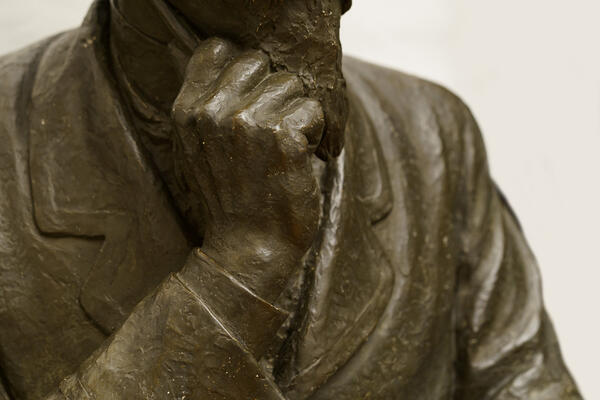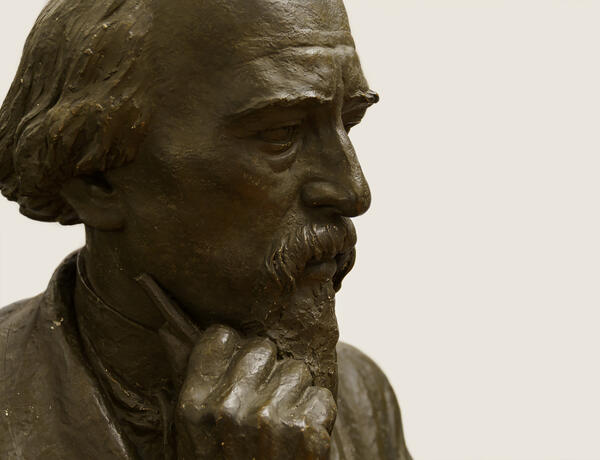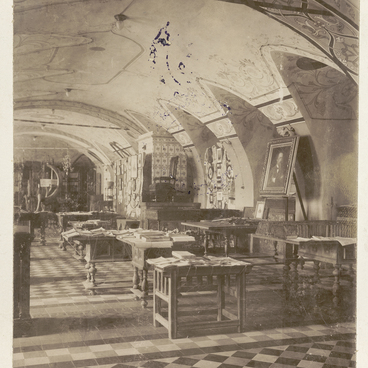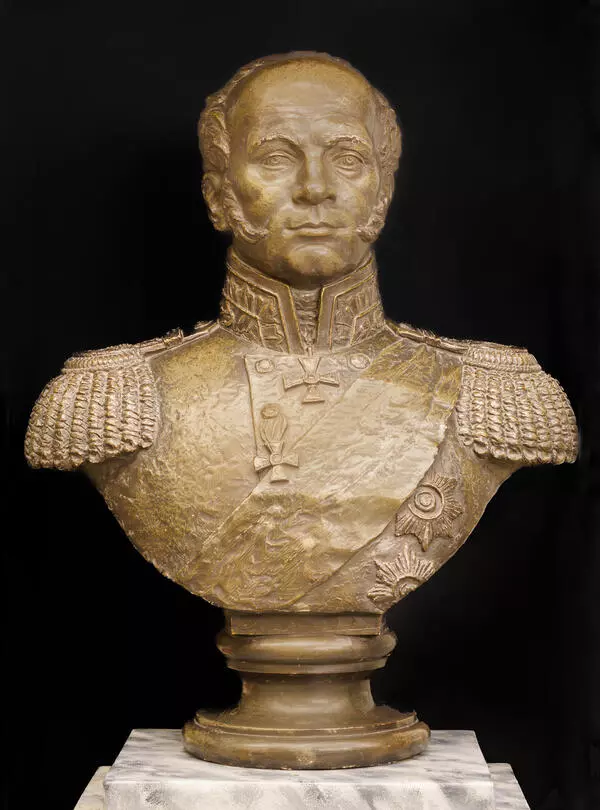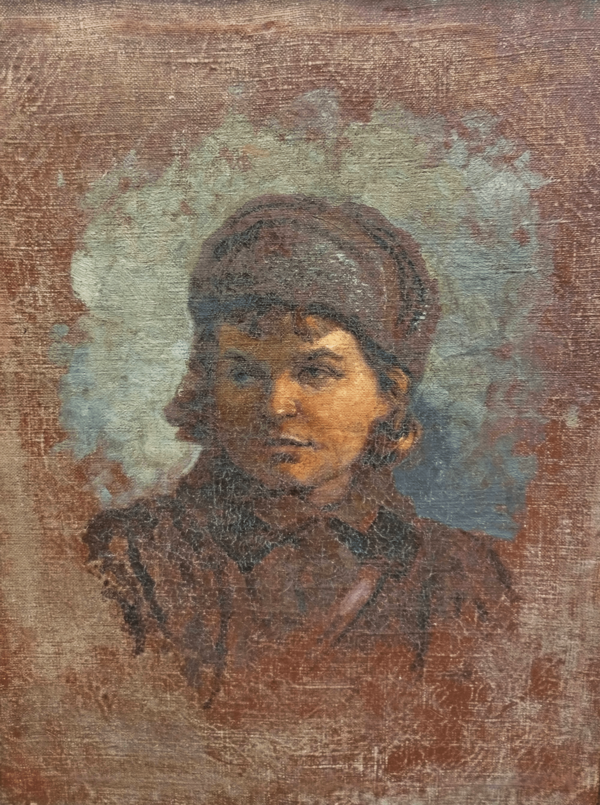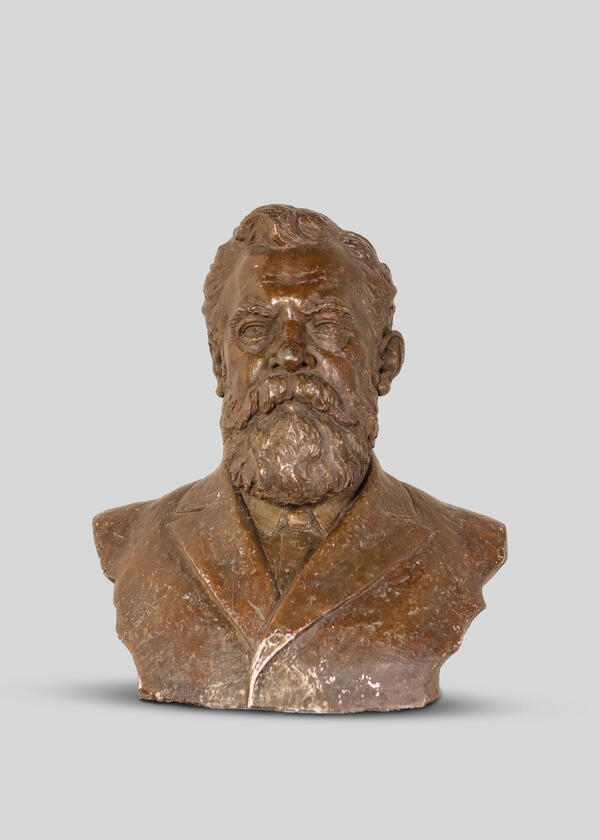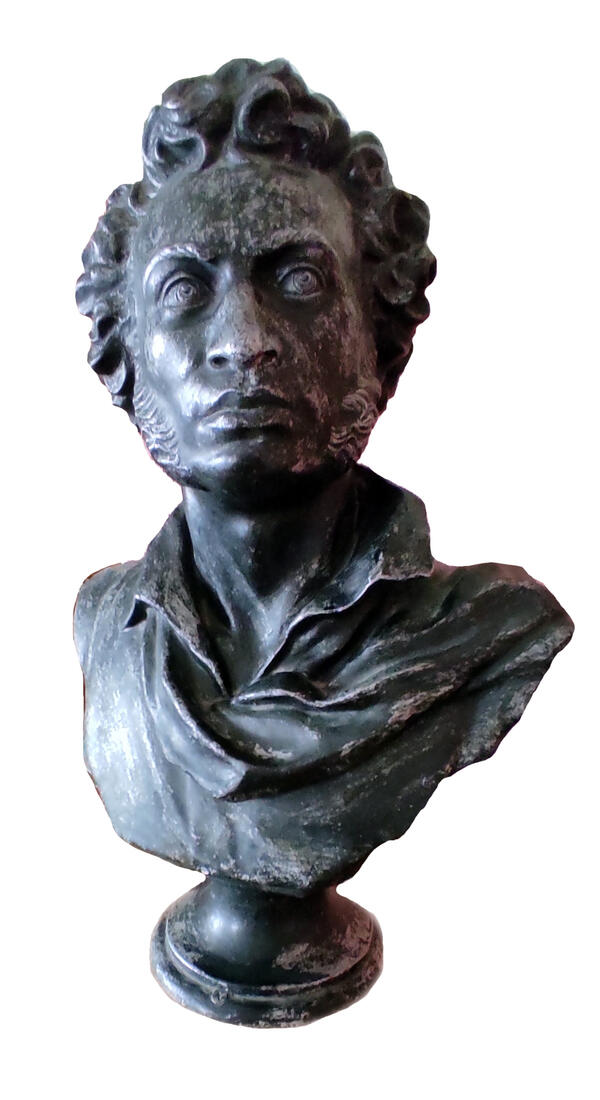Artists have long been inspired by the much-portrayed poet Nikolay Nekrasov. One of them was Nikolay Dydykin, a sculptor and restorer, an Honored Artist of the RSFSR.
Nikolay Dydykin was born into a dynasty of icon painters in the village of Palekh, Vyaznikovsky district, Vladimir Governorate. He studied in the village and worked in the icon-painting workshop of Nikolay Sofonov.
As a teenager, Nikolay Dydykin joined Palekh artists who restored frescoes in Old Russian churches, including the Ipatievsky Monastery in Kostroma. Dydykin participated in World War I, and later he served in the Red Army.
In 1920, he was sent to a propaganda sculpture course in Moscow taught by the sculptor famous for his large-scale artworks Matvey Manizer. Six months later, the courses were closed, but the passion for sculpture remained. In 1923, Manizer invited Dydykin to take part in the creation of a monument to the revolutionary and politician Vladimir Volodarsky in Leningrad. After the work was completed, Dydykin entered the Leningrad Art and Industrial College, where Vsevolod Lishev, who also created large-scale sculptures, became his teacher.
In 1933, Dydykin was admitted to the Union of Artists of the USSR. From that time on, his professional and creative life became closely connected with Leningrad.
During the Great Patriotic War, Dydykin was evacuated to his home village Palekh. For some time, he worked at the local history museum in the city of Ivanovo.
In the post-war years, he restored the Tritons fountains and the Lacquer Cabinet of the Monplaisir Palace in the Peterhof Complex. He also designed some of Leningrad Metro stations.
In the 1940s–1970s, Dydykin created a monument to the poet Alexander Pushkin, a bust of theologian Albert Schweitzer, a bas-relief portrait of Alexander Blok at the Volkovskoye cemetery in St. Petersburg and other works.
The half-length bust of the poet, which is presented in the exhibition, was made in 1946. The sculptor’s versions of the bust were also sent to the places where the poet had lived: to Greshnevo and to his museum-apartment in St. Petersburg.
Nikolay Dydykin died in 1975.
Three years later, his workshop in Palekh was turned into a house-museum.

